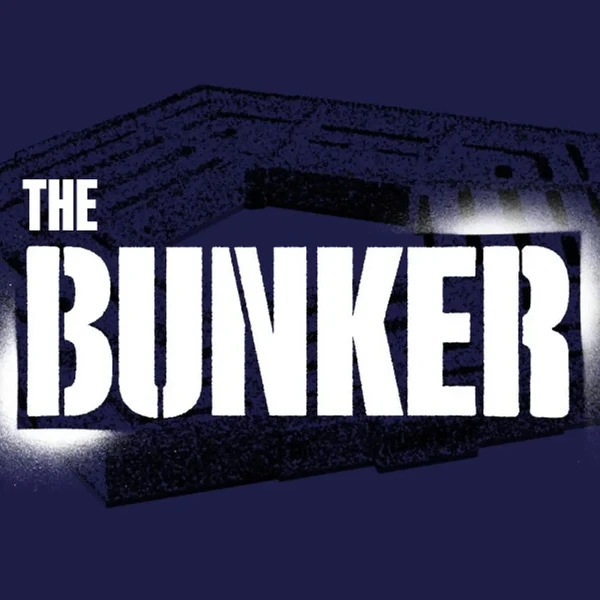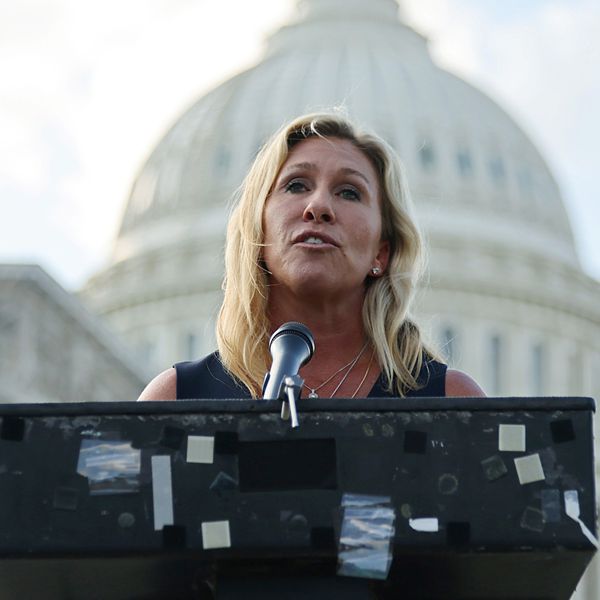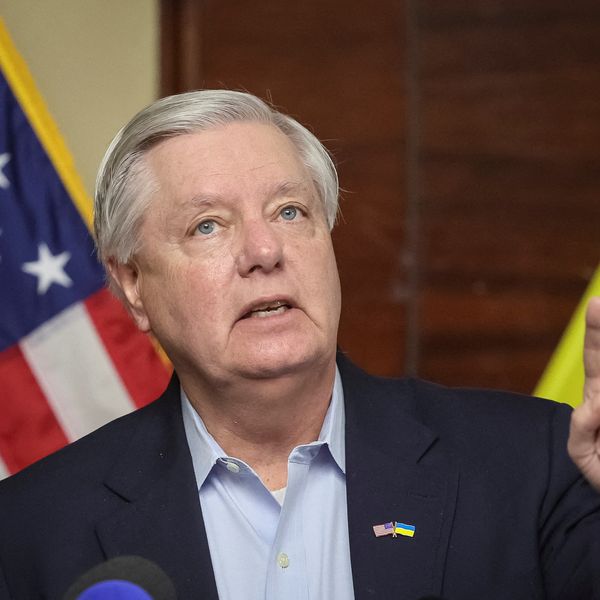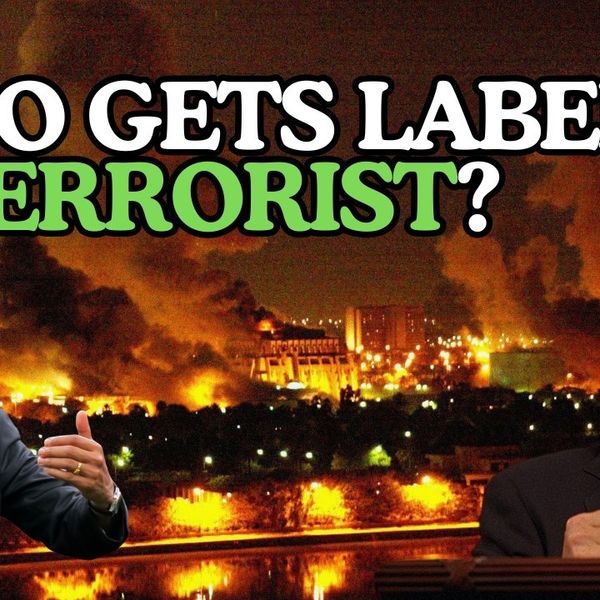The heads of state and government of all 32 NATO allies will meet at a summit in Washington, July 9-11, to celebrate the Alliance’s 75th birthday. It was scheduled more than a year ago, but, as the date has approached, it increasingly seems like a bad idea.
Of course, nobody could have foreseen current concerns in the American media and political class of President Joe Biden’s travails stemming from his poor debate performance with Donald Trump on June 27. Unfortunately, that story risks squeezing the summit’s achievements off page one.
In public, the 31 non-U.S. NATO leaders will demonstrate their confidence in Mr. Biden’s leadership, vision, and personal staying power for a second term. But in private, some allied leaders will quietly whisper misgivings into the prying ears of the hordes of media hovering at the fringes of the official meetings. This is to be expected, although, faced with a choice, there is overwhelming preference among allied leaders for Mr. Biden as president next year rather than Trump, who has at times been viewed as less than committed to a strong NATO.
Holding a NATO summit now is also unfortunate for a reason directly related to alliance business. Dominating the agenda is the continuing war in Ukraine. There is much to be considered, especially the quantity and quality of allies‘ support for Ukraine’s war effort against Russia’s aggression. Led by the United States, the allies must continue making careful calculations about the nature of military support for Ukraine, especially the capacity to strike targets in Russia — although at the summit, these discussions will likely occur “off line” rather than in plenary sessions.
Discussion of the Ukraine War will be constrained by several factors, one is that not all the Western allies are convinced that they should put their own security on the line for Ukraine, especially if this means an increased possibility of a direct Russian attack on an allied state — or threats such as cyber attack, which have already begun. At the extreme, Hungary’s prime minister, Viktor Orbán, spent the past few days meeting with Vladimir Putin, thus appearing to thumb his nose at NATO’s support for Kyiv. Some allies even worry about Putin’s threat to escalate to nuclear use, even though this is most unlikely, given that it would mean Russia’s risking mutual suicide.
Further, Ukrainian President Volodymyr Zelensky has regularly declared that his country’s goal is “victory” which he has defined as regaining on the battlefield not just lands Russia occupied since its 2022 invasion, but also territories, including Crimea, that it seized in 2014. No serious person believes that this is possible. But it is impolitic to say so while Ukraine is fighting for its life. It will be hard for the allies at the Washington summit not to endorse Ukraine’s goal of victory, however ill-defined.
It will also be impolitic for the NATO summit to discuss possible negotiations with Russia on the war. That will have to be done at another venue at another time. Then, there will be debate about the “when and how” to enter into negotiations to try to end the war — for Ukraine, on terms that it can accept; but, like it or not, the “whether” of negotiations with Russia at some point is unavoidable.
Otherwise, the war will just continue, with massive killing and physical destruction, to no apparent end. But this issue will not be touched at the summit, lest there appear to be any breaking of ranks with Kyiv. An added complication is that, while negotiations to end the war could not take place without Ukraine’s involvement, any outcome would need to be agreed and underwritten by the only powers that ultimately count, the United States and Russia.
Discussion of the Ukraine War will be further complicated at the summit by a strategic mistake NATO made at its 2008 Bucharest summit, when it proclaimed that Ukraine (and Georgia) ”will become members of NATO.” That seemed harmless enough, but not to Russia. It would be as though the West were to accept that Ukraine would become a Kremlin satrapy. But instead of recognizing its mistake, NATO, under U.S. prodding, has continued ritually to repeat the formulation and will no doubt do so again at the Washington summit, as fealty to Ukrainian desires.
Yet in addition to flying in the face of geopolitical reality — that Ukraine, while a Western-oriented democracy, is a natural buffer state — the commitment to its eventual NATO membership plays into the hands of Mr. Putin, who has his own constituency to answer to, particularly in light of horrendous Russian as well as Ukrainian battlefield losses.
Further, the commitment is quite useless. Not only does it provide no immediate and practical benefit to Ukraine, but it would never be honored. It is virtually inconceivable that, at any point, all 32 NATO allies would join the consensus required for any country to enter the Alliance, with the commitment that “an armed attack against one or more [allies]… shall be considered an attack against them all.”
The summit’s Ukraine agenda also involves NATO’s overall military and related capabilities. Here, there is good news for the Alliance’s requirements. Most important are the last few year’s enormous advances in allied military efforts, organization, deployments, and preparedness for potential conflict. Efforts for the future are also on track and the summit will review them in detail.
Further, the Alliance is making progress on the target agreed at its 2014 summit that each ally should spend at least two percent of its gross domestic product on defense. That target was only roughly a measure of military capacity, however — indeed, the raw number is about inputs (money) rather than outputs (effectiveness), a more relevant measure. And the intended audience for that target was as much the U.S. Congress with its inveterate demand that the European allies assume more of common burdens — as Congress is again doing over the Ukraine War — as it was Russia, which had just taken Crimea and parts of eastern Ukraine.
Indeed, NATO has recently announced that 23 of the 32 allies have now met the two percent target (though what Congress will make of the nine laggards is not yet clear). In one bright spot for American bipartisanship, both Mr. Biden and Mr. Trump have taken credit for the increase in the number of allies that are now meeting the target.
A last “untouchable” issue for the summit is what to do about Russia in the future. Geopolitical facts are what they are: Russia will not be destroyed, it remains a looming presence whoever is in power in the Kremlin, and at some point the West will need to try configuring overall European security with Russia as active participant.
As of now, despite his rhetoric, Mr. Putin is unlikely to be interested in serious negotiations, either on Ukraine or on broader European security. Thus at the summit, allied leaders will steer clear of this matter, too, although it is of critical importance (despite many American commentators’ having already proclaimed “Cold War II” with Russia).
Ironically, the aspiration of including Russia in European security arrangements, as a geopolitical necessity, was formulated by President George H. W. Bush in May 1989 and followed by President Bill Clinton: to try creating a “Europe whole and free” and at peace. In the 1990s, there were efforts to work effectively with Russia, notably the 1997 NATO-Russia Founding Act. But by the early 2000s, cooperation went off the rails. This was due in part to Mr. Putin’s ambition to regain at least some of the lost Soviet territories.
But it also resulted from the view of a succession of U.S. policymakers that Russia would remain a second-rate power whose interests could be largely ignored — a miscalculation of historical proportions. With the ongoing war in Ukraine, this underlying and unavoidable strategic concern will be postponed to some indefinite future time.
- Will upcoming NATO summit launch forever war in Europe? ›
- This week, NATO III celebrates itself ›
- On 75th Anniversary, NATO is at a serious crossroads ›















